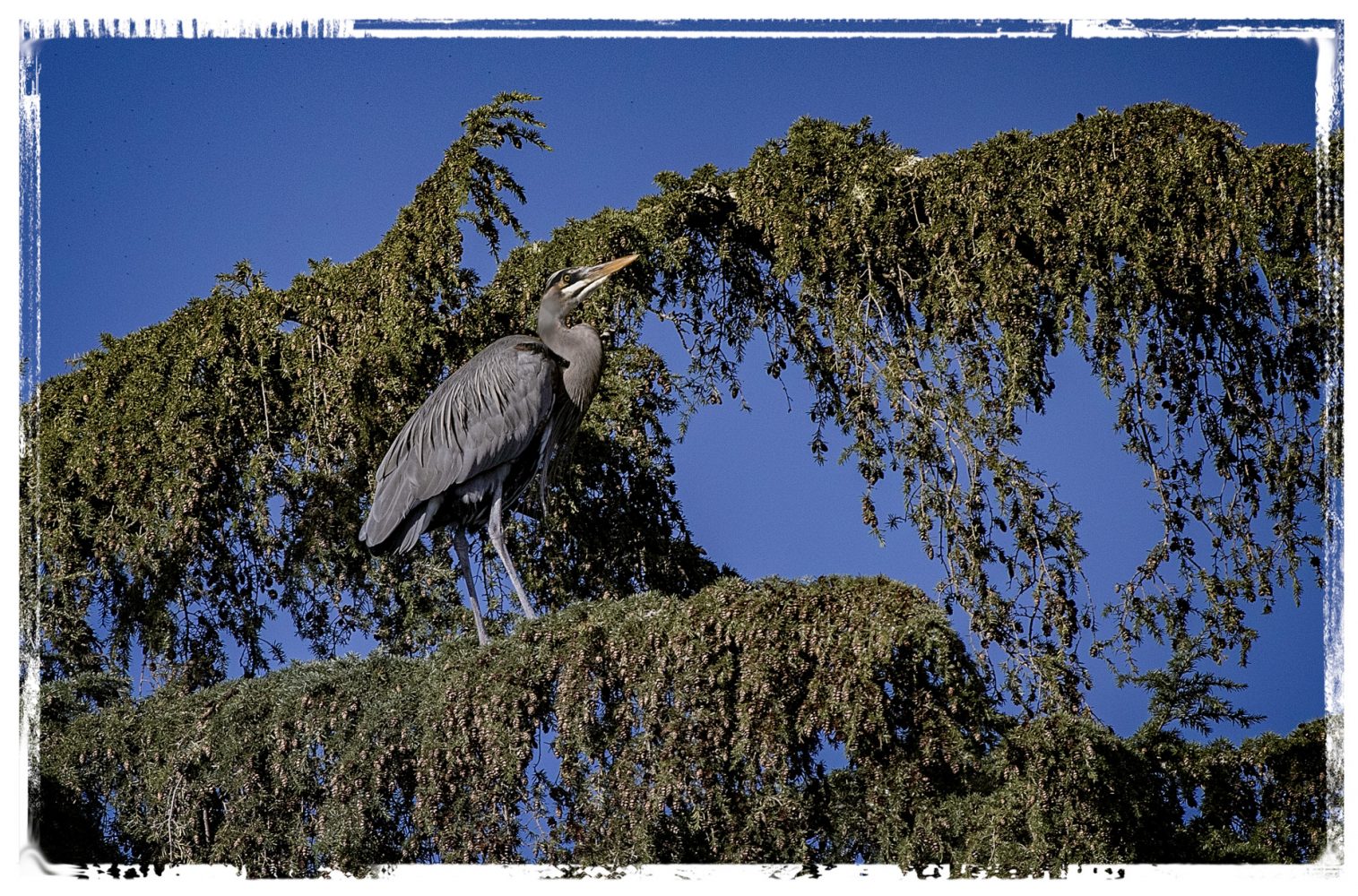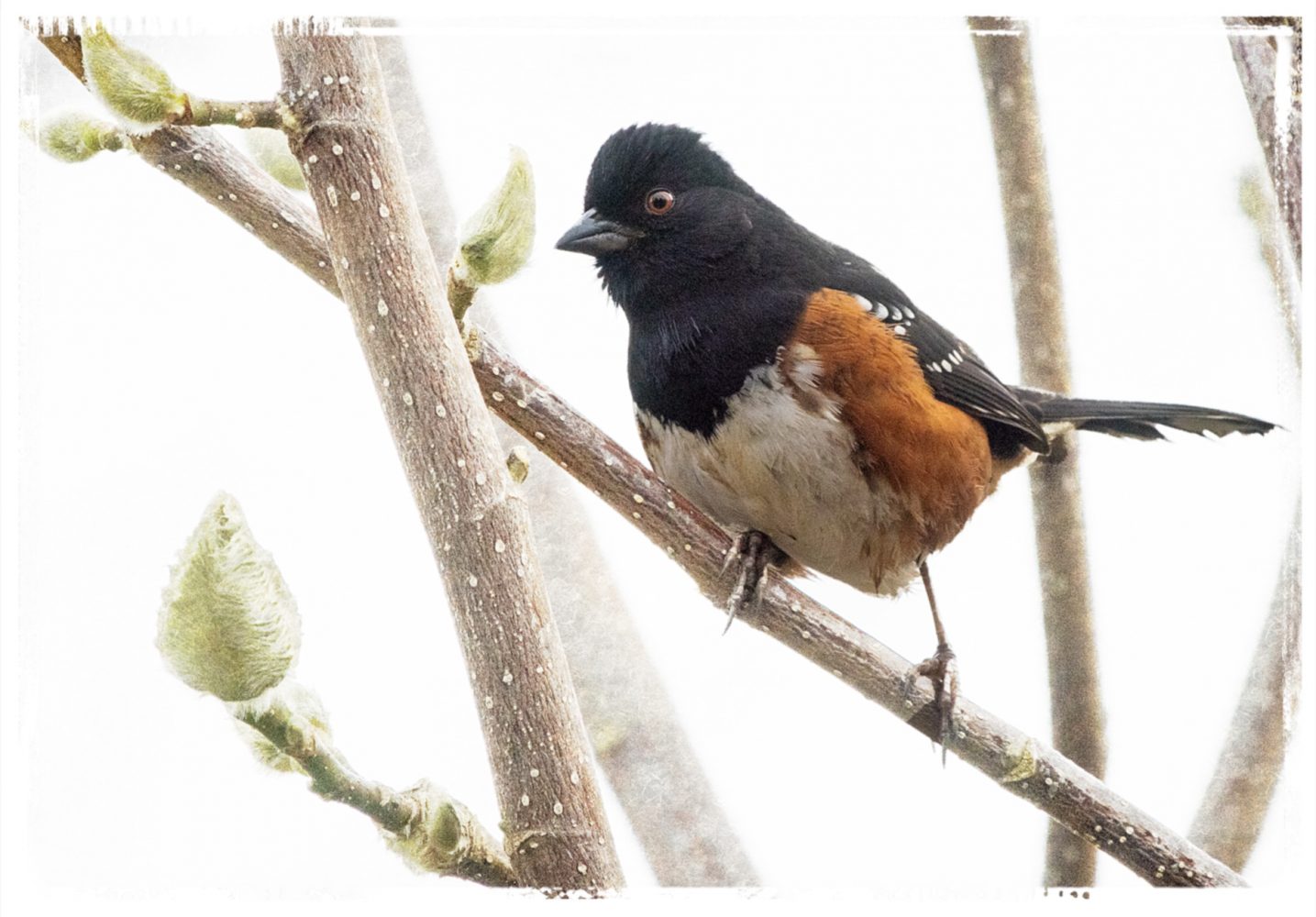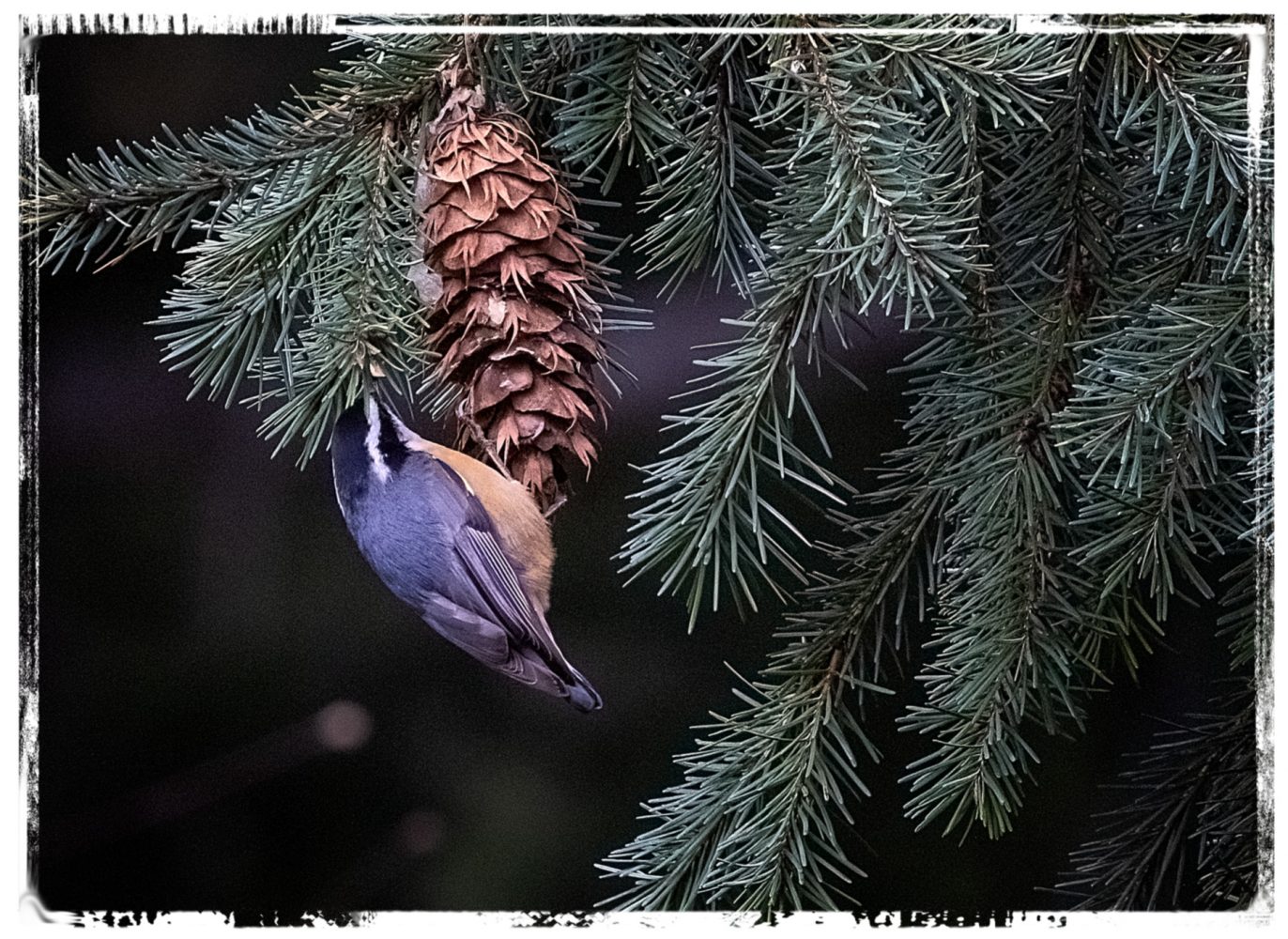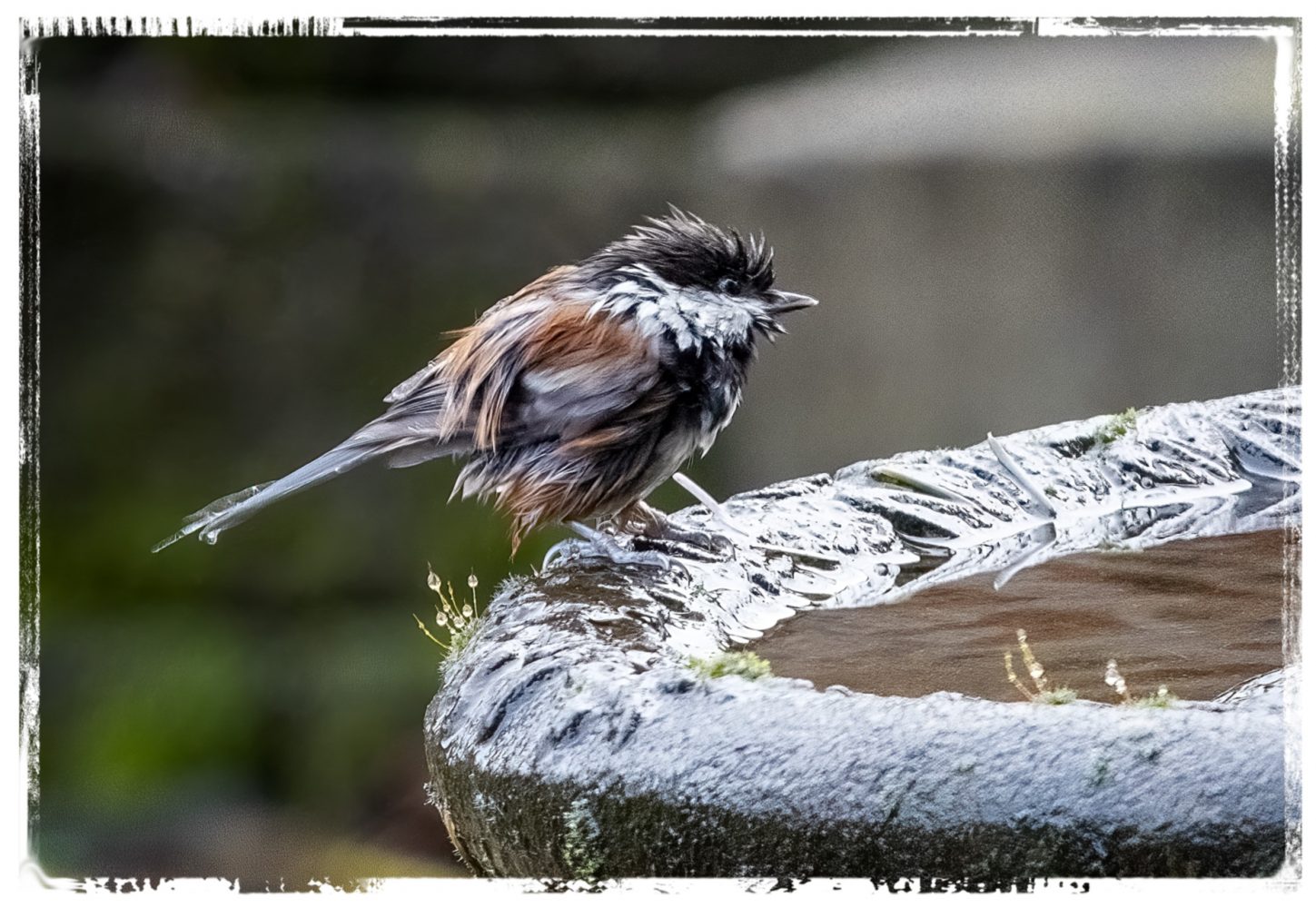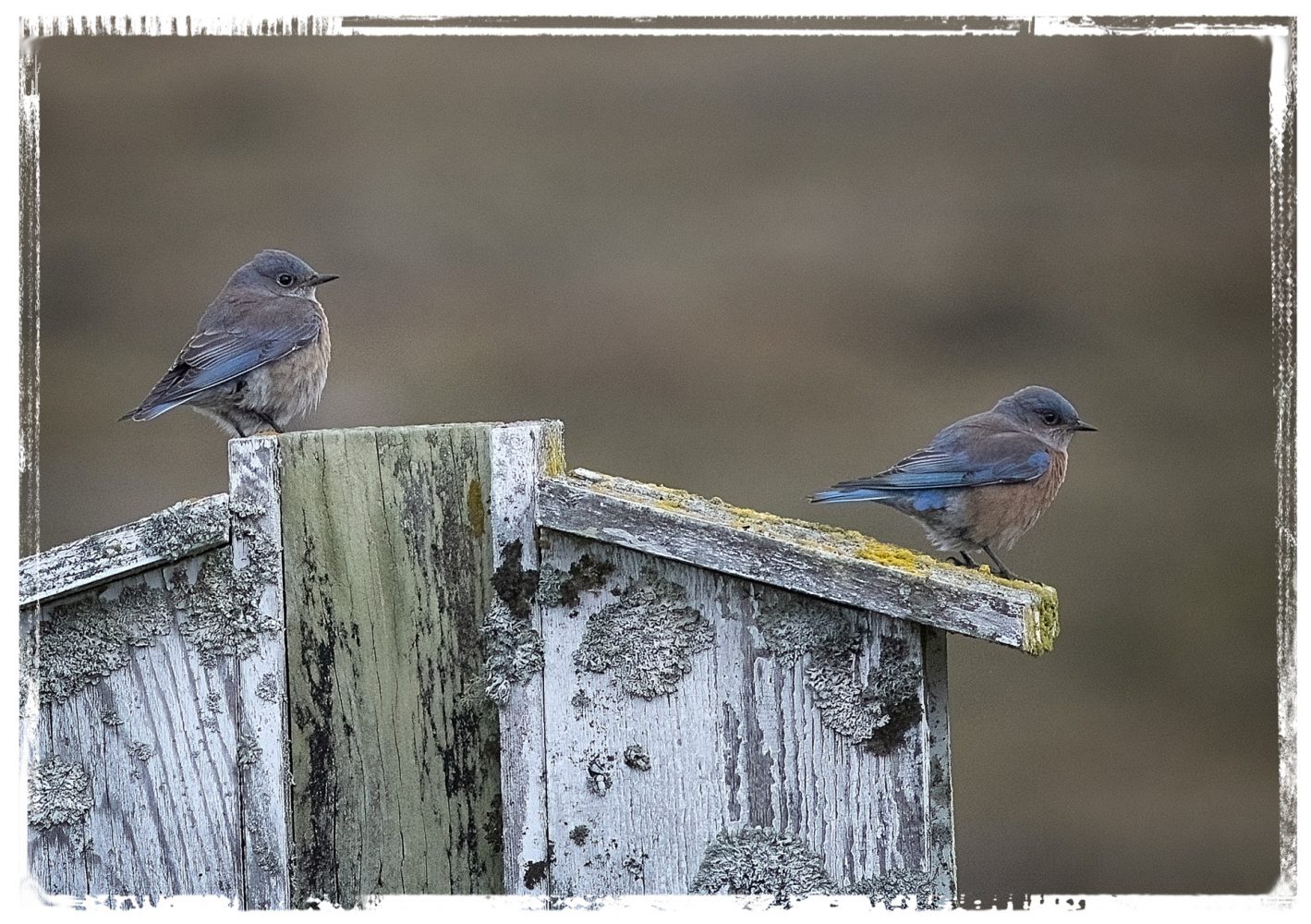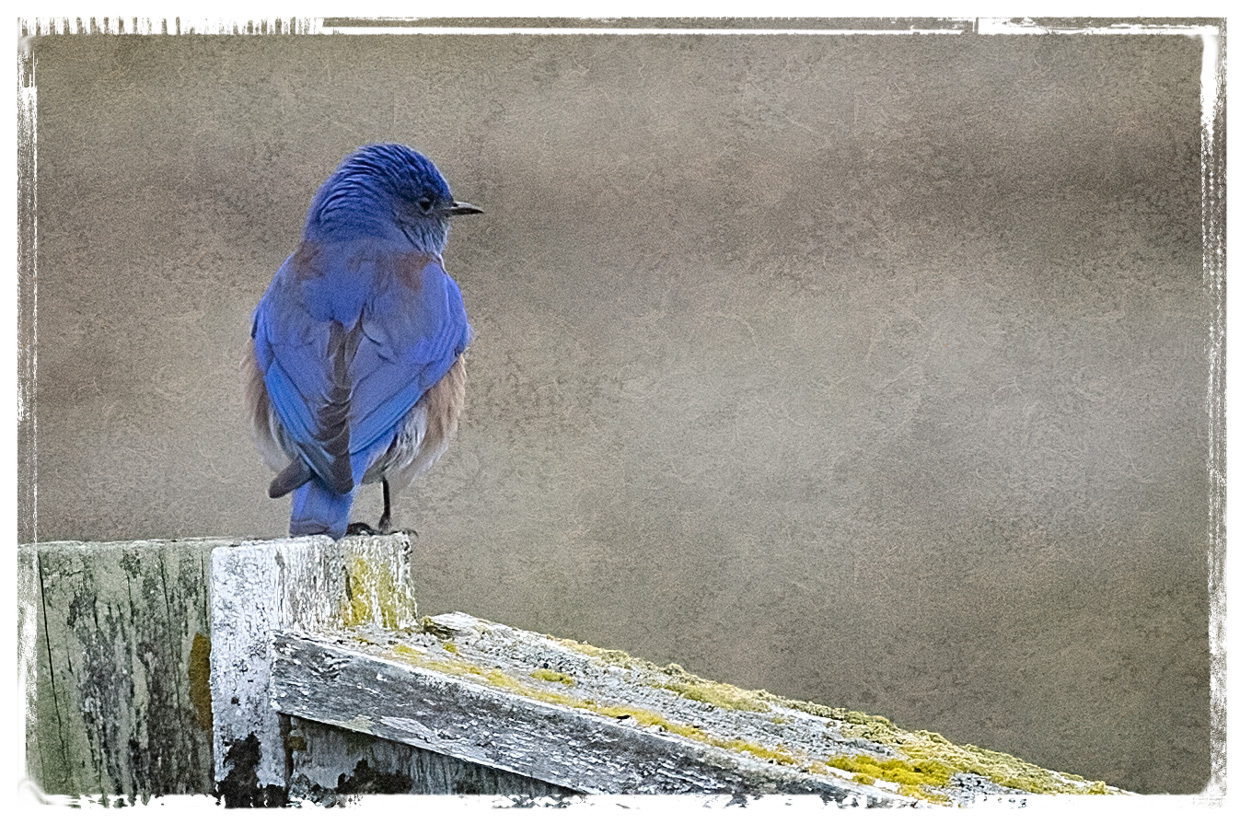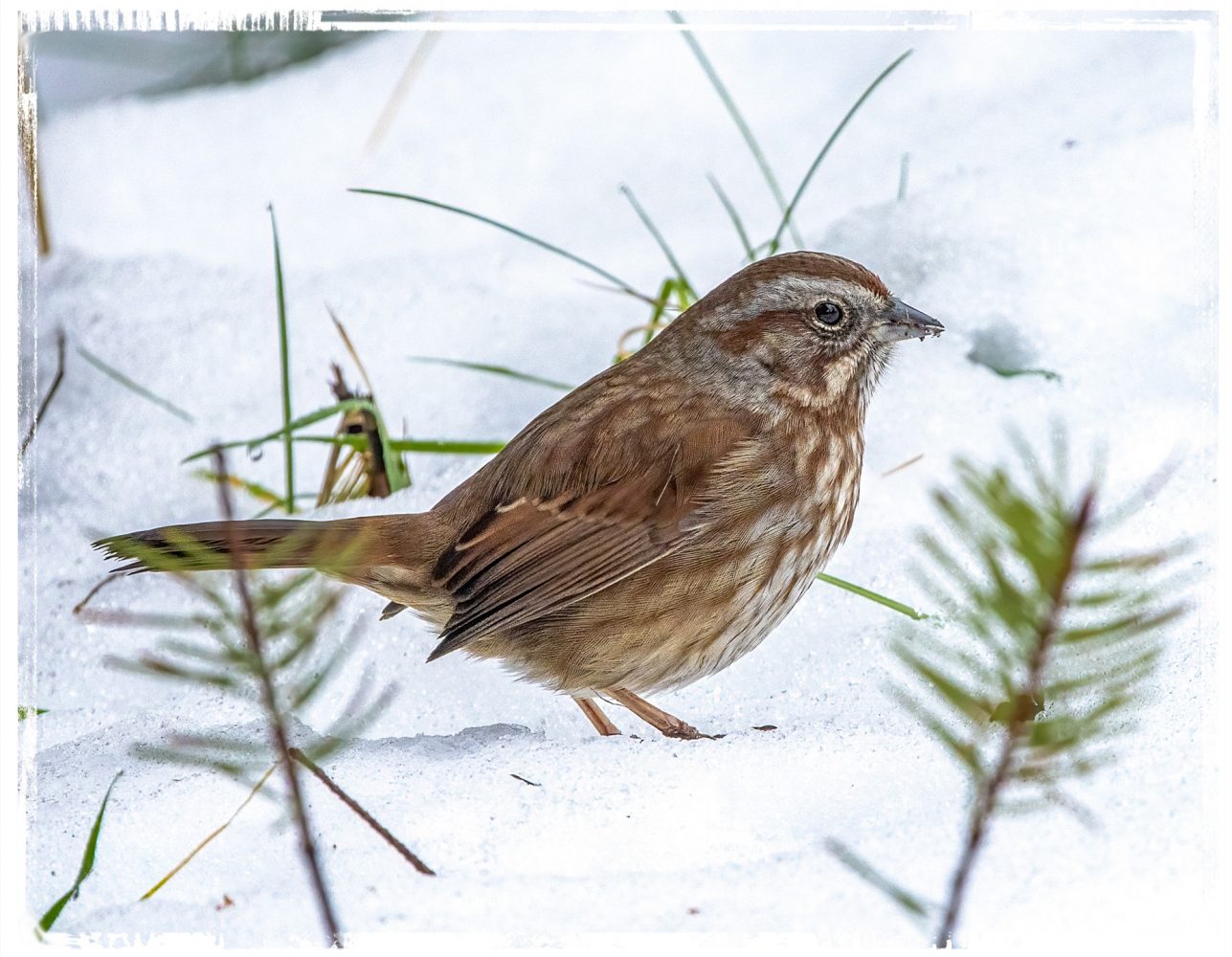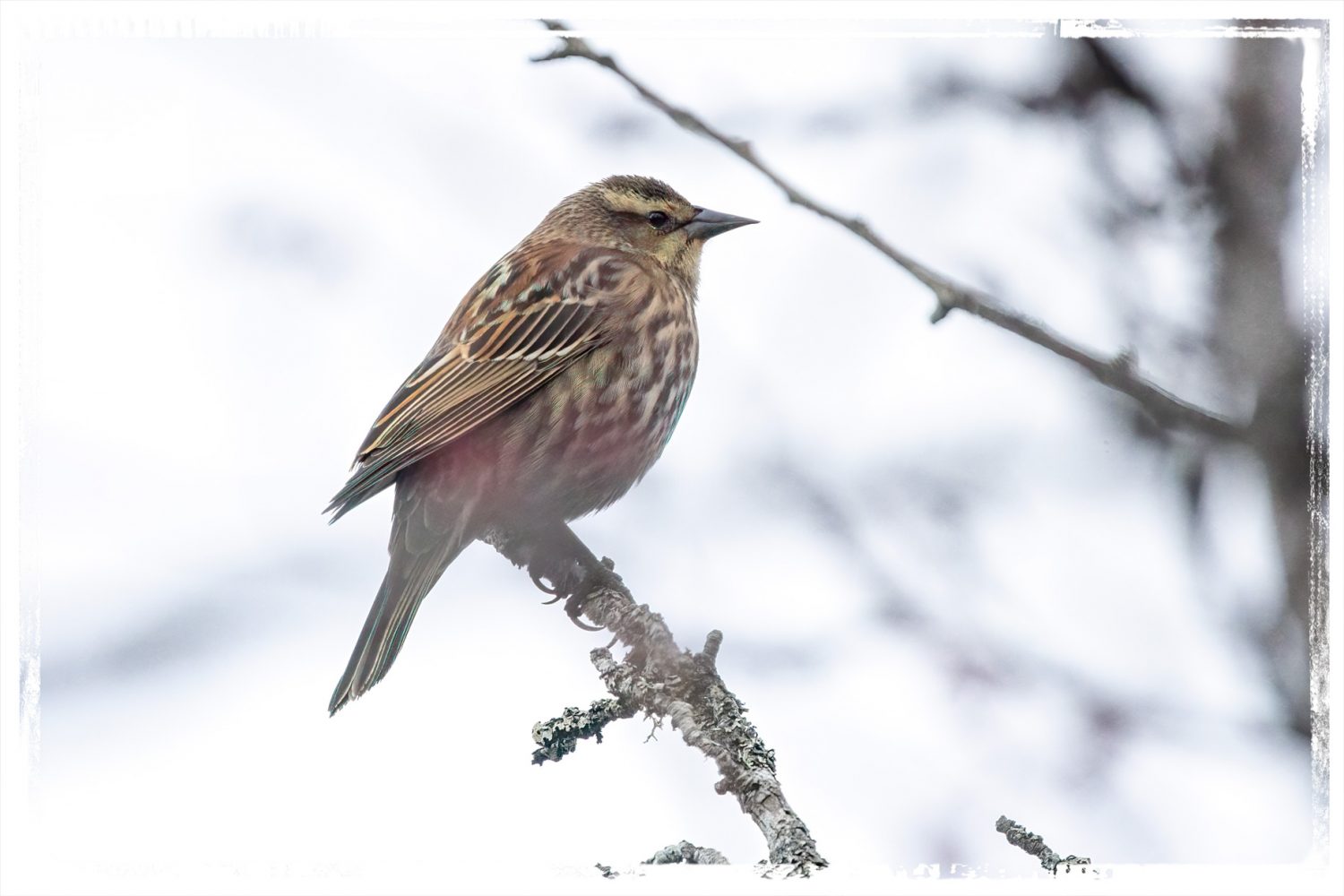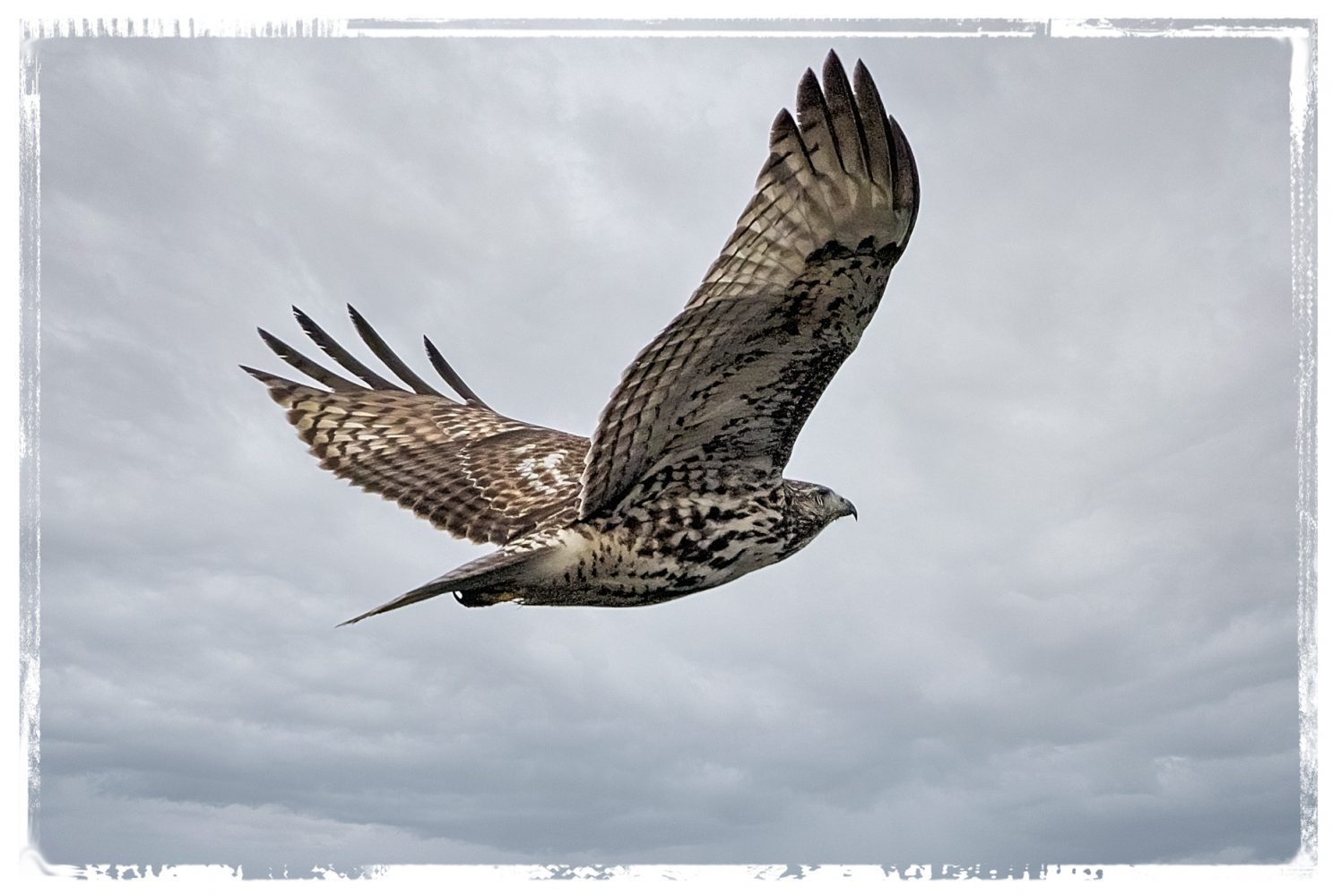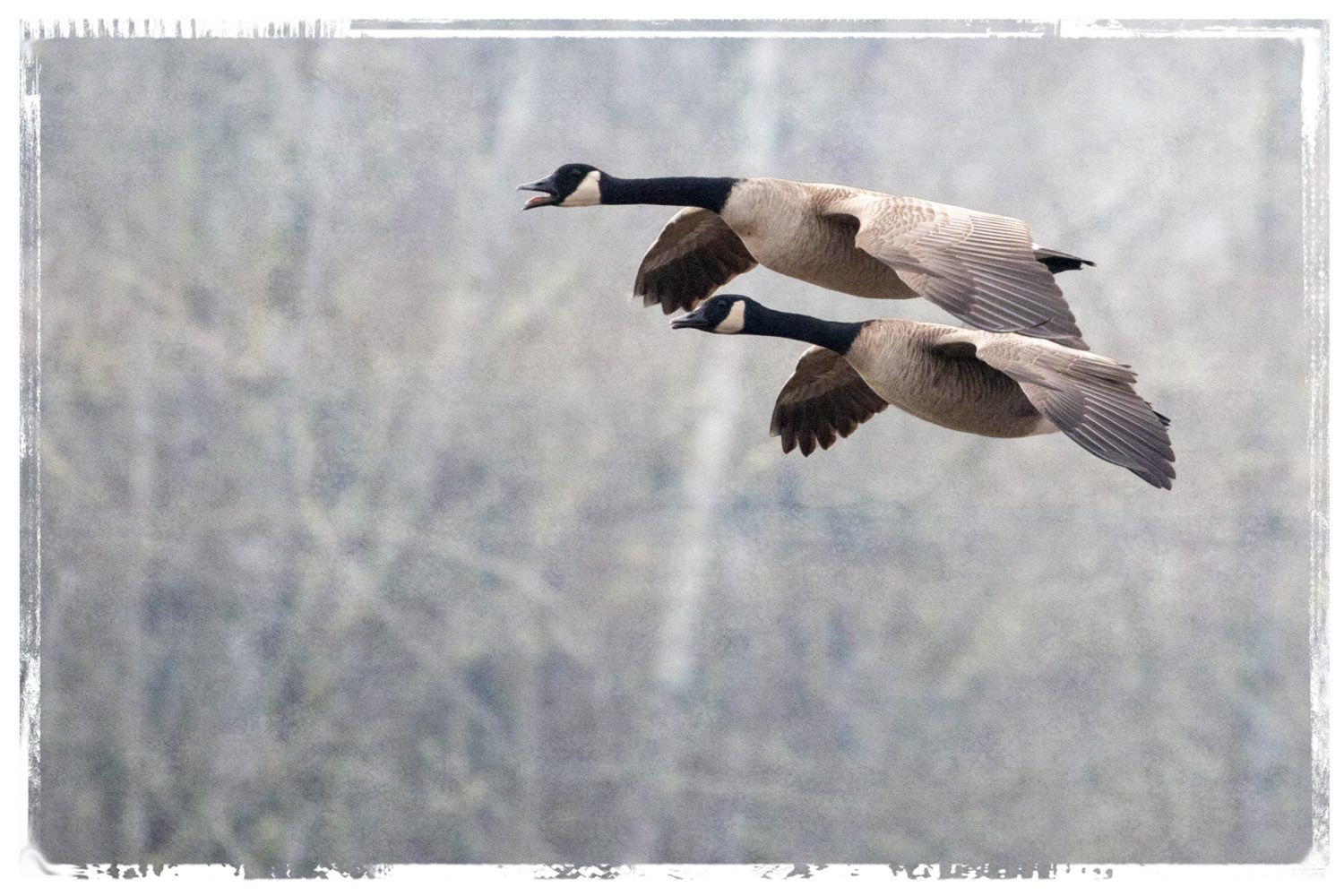It’s finally showing signs of Spring in our garden,
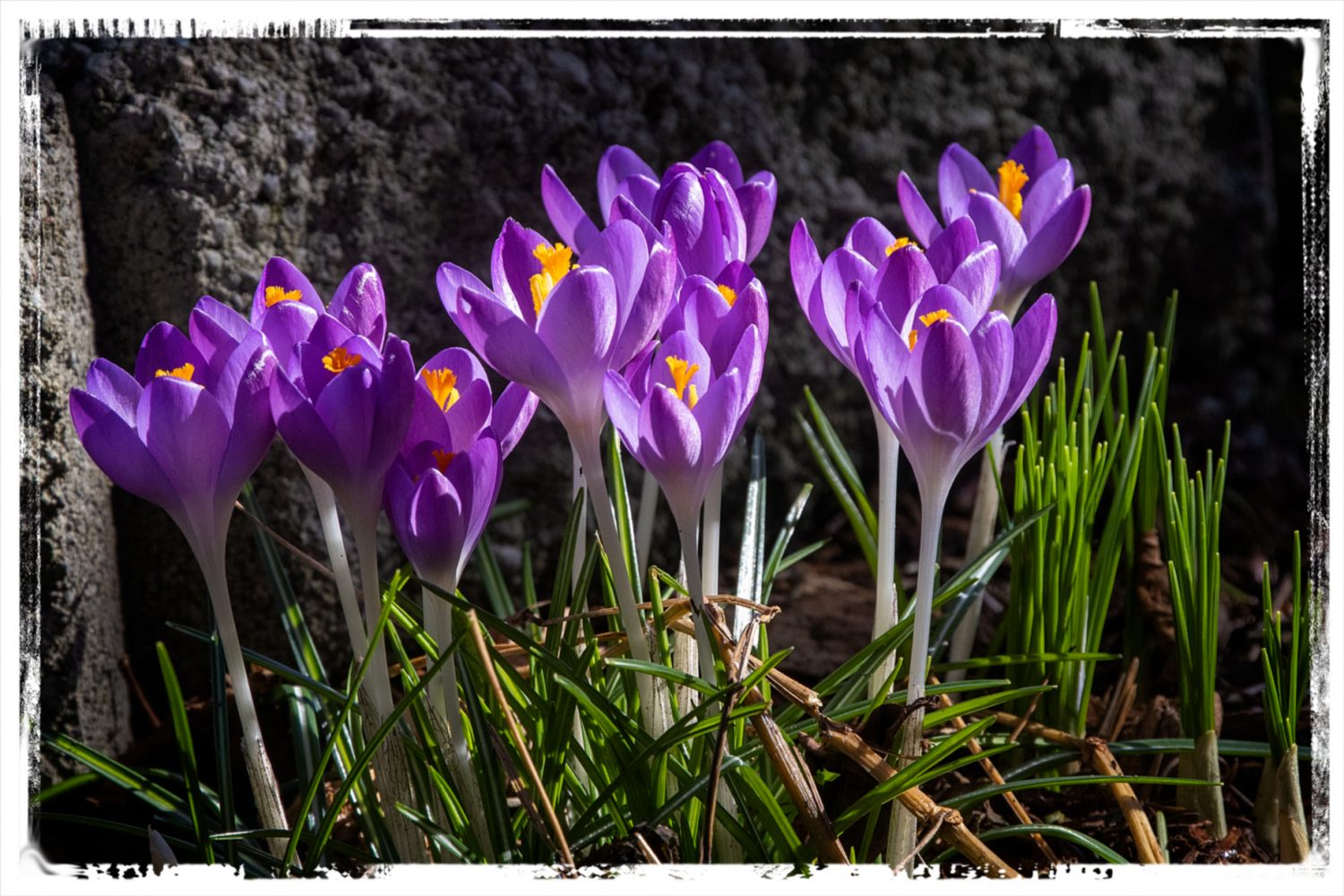
but, more importantly, the weather is improving and I’m able to get out and witness the early signs of Spring migrations on their way to their breeding sites in the Tundra. I first sighted a large flock of Scaup in the bay outside Margaret’s house, but it was impossible to get a good shot of them because they paddled away as soon as I pointed my camera at them.
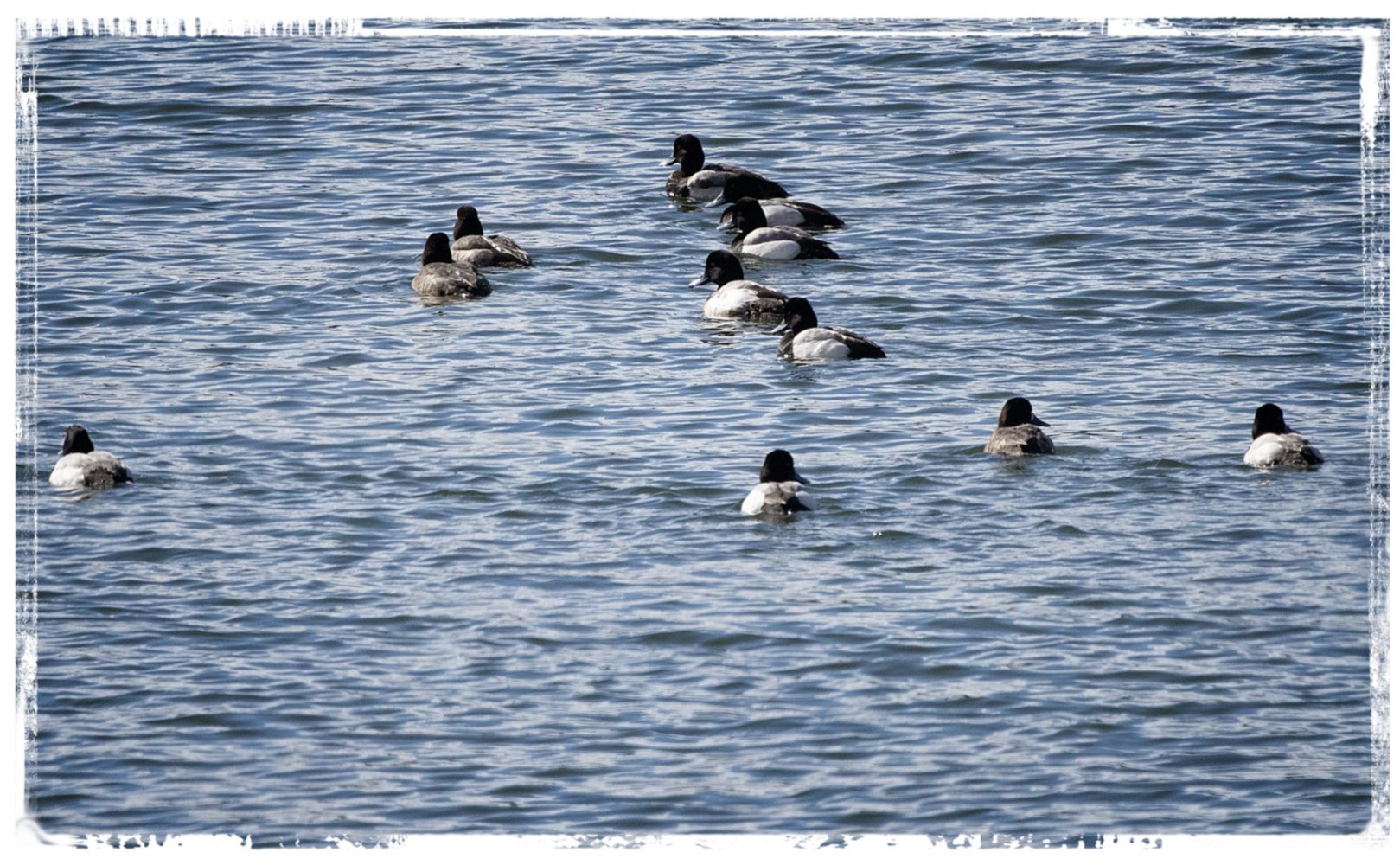
Luckily, there was a single Lesser Scaup at Port Orchard and it seemed indifferent to the camera and swam closer
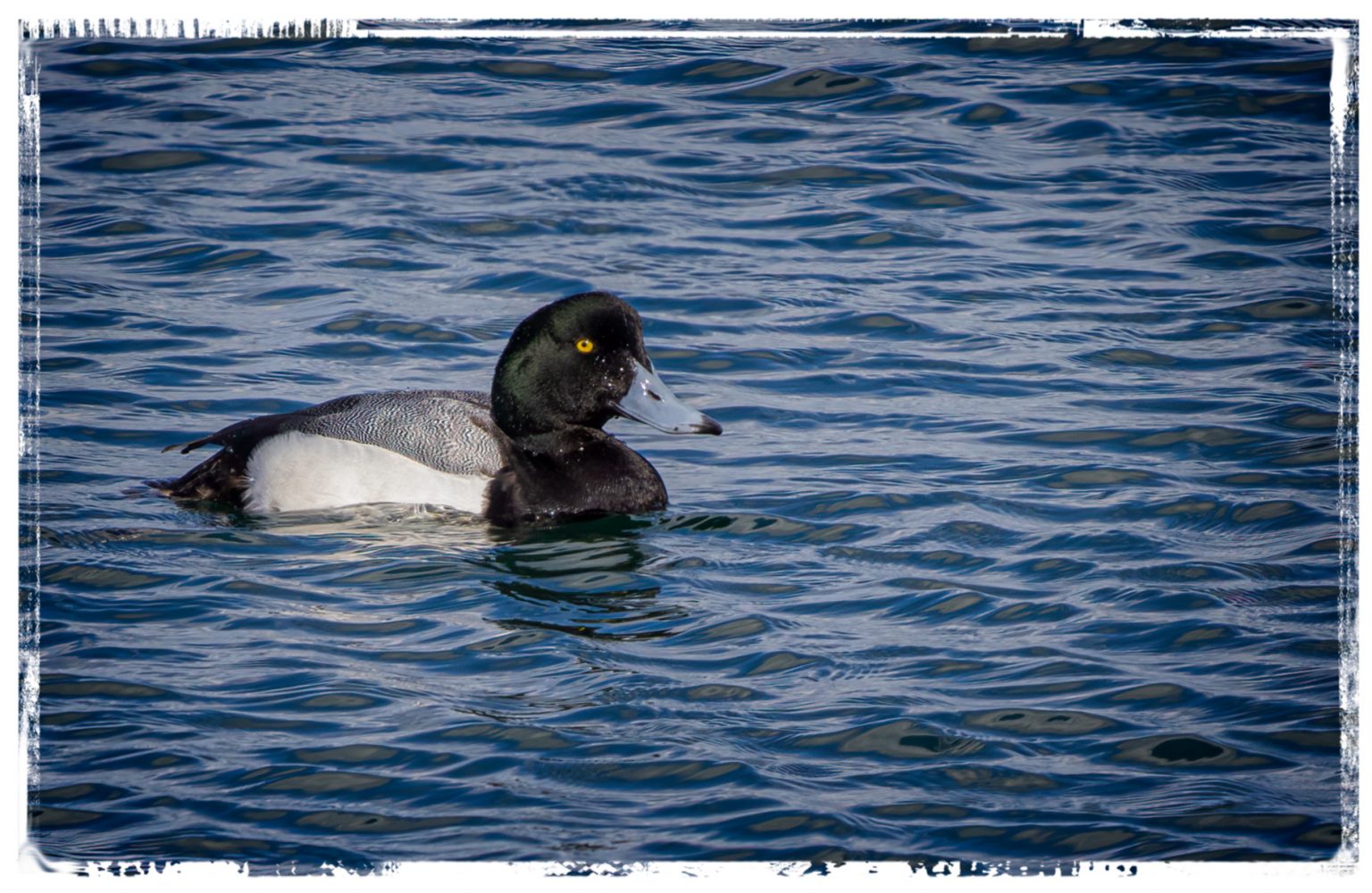
and closer.
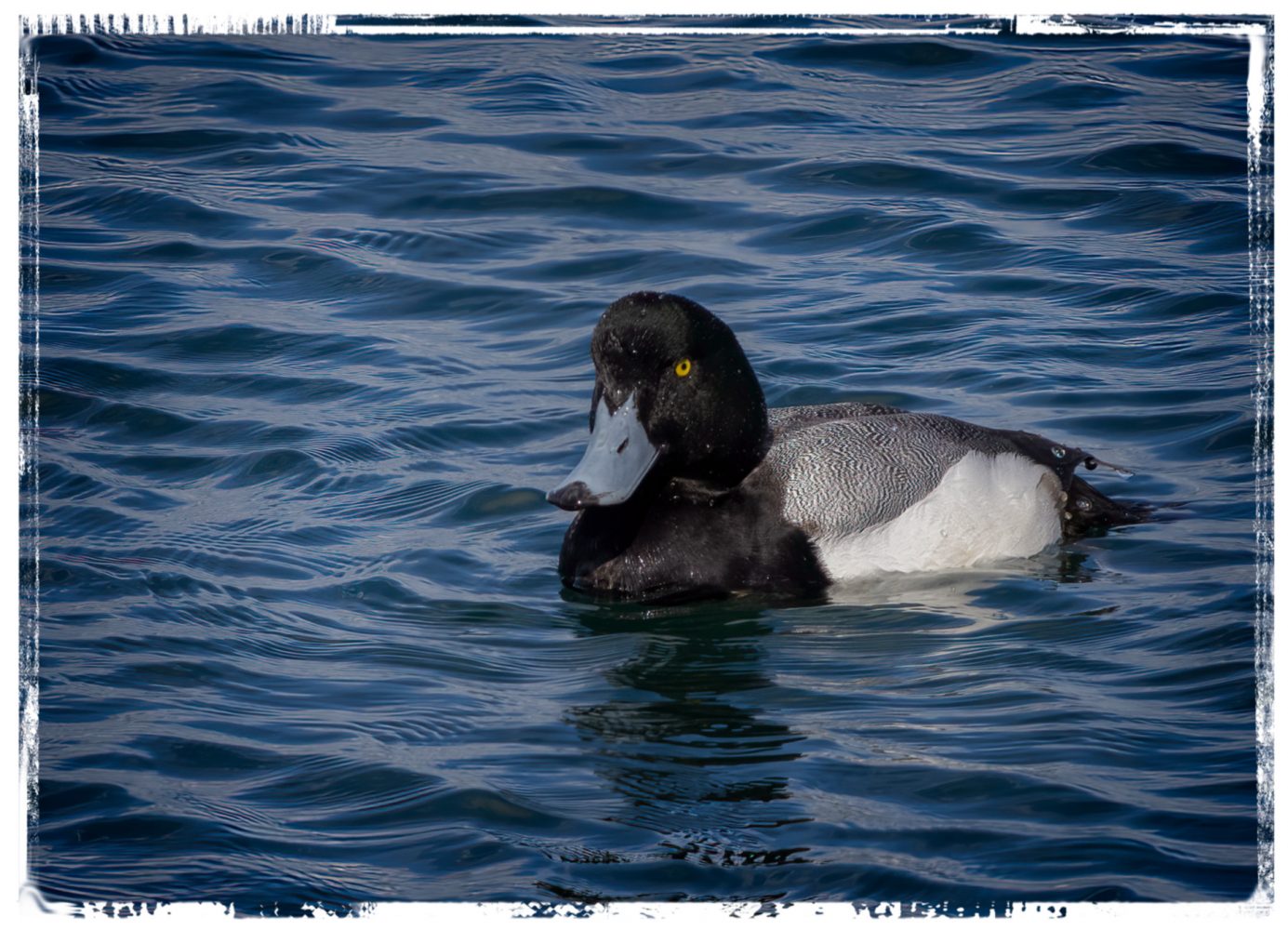
I was a little surprised when I was at Westport a few days later to see another flock of Scaup. They, too, were pretty shy, but I liked this shot of a female Scaup as she looked back to see what I was up to.
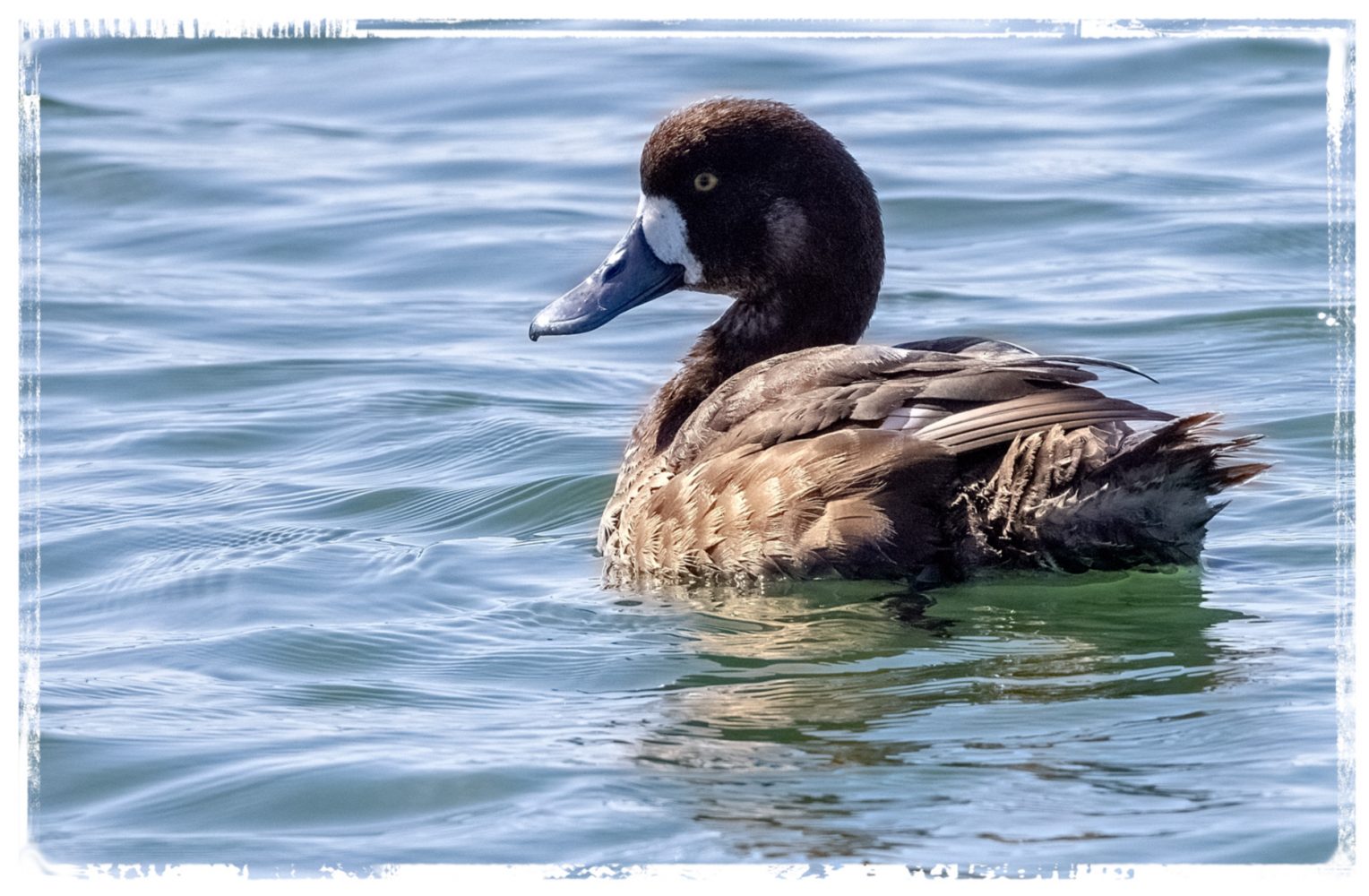
Though my birding guide says they’re winter residents in the Puget Sound, I’ve only seen them in late Winter when they start gathering and moving North to their nesting area.

